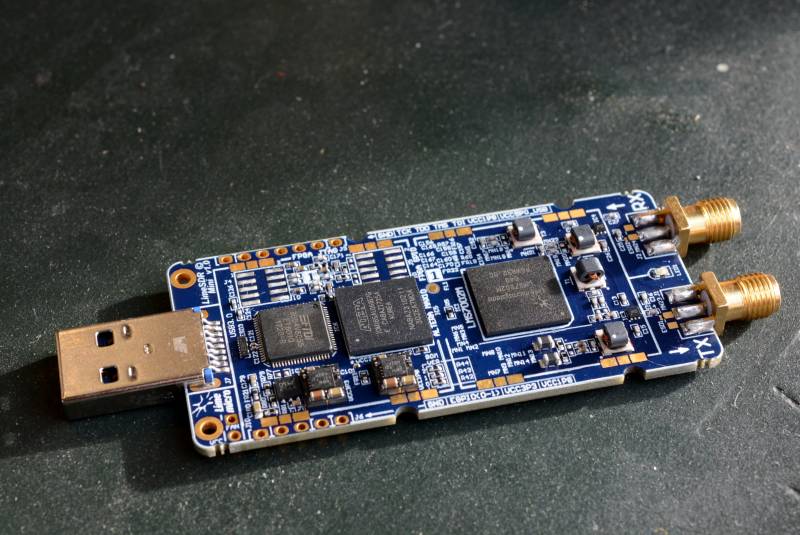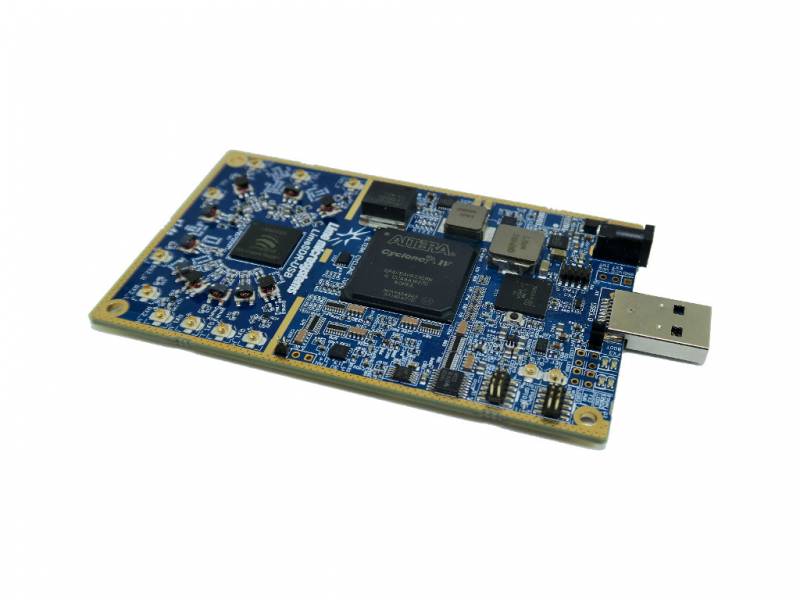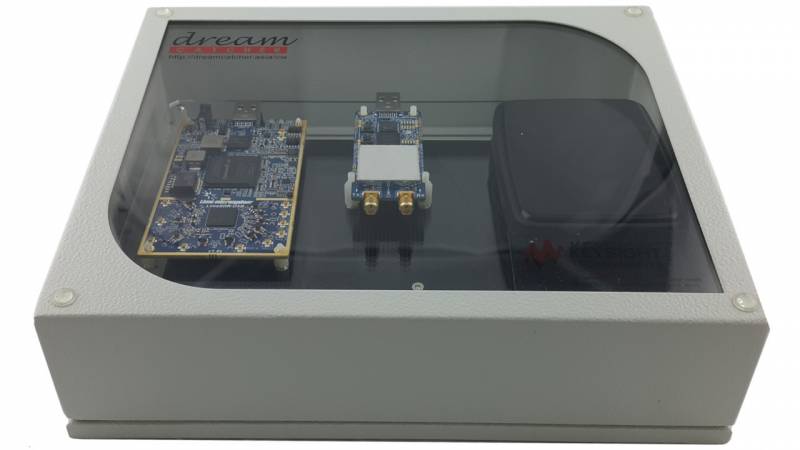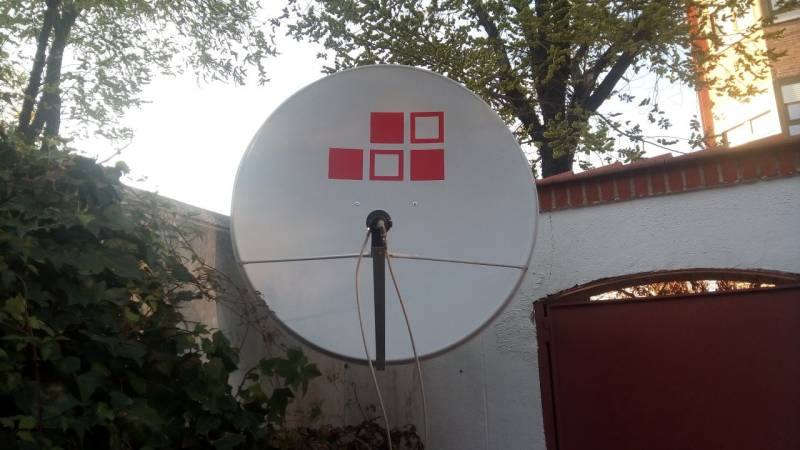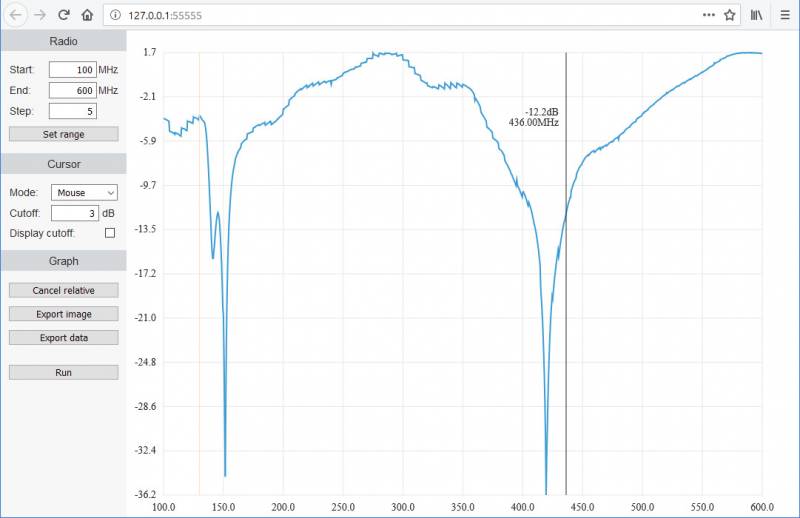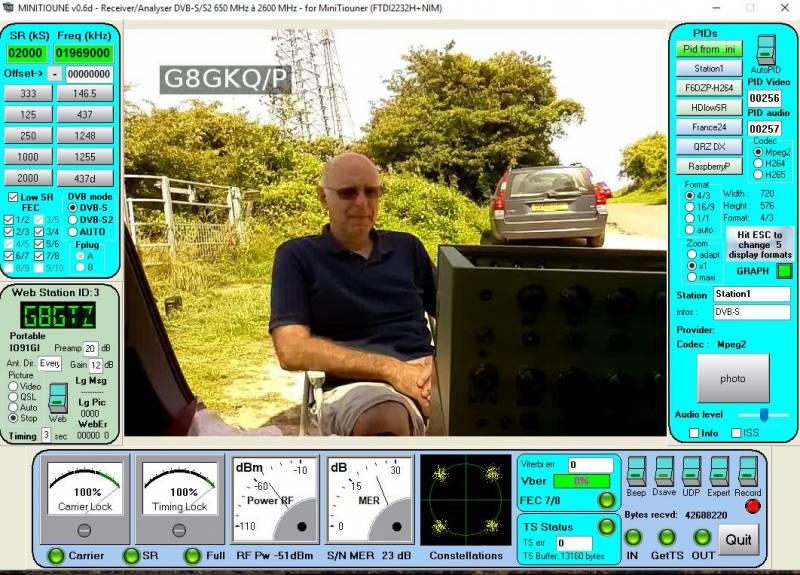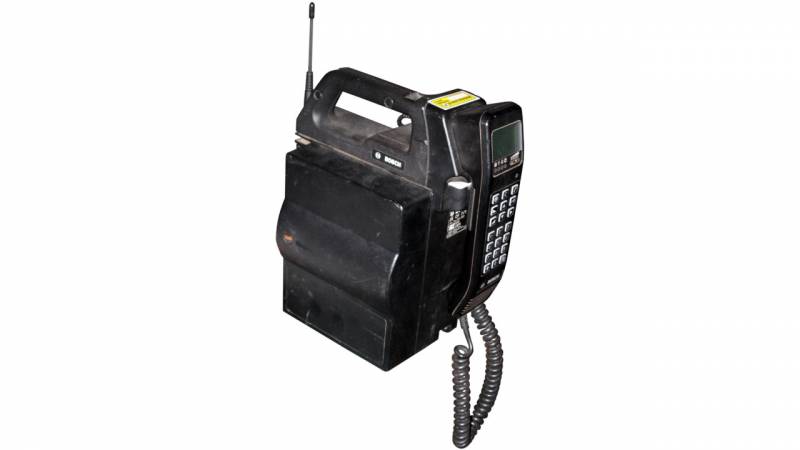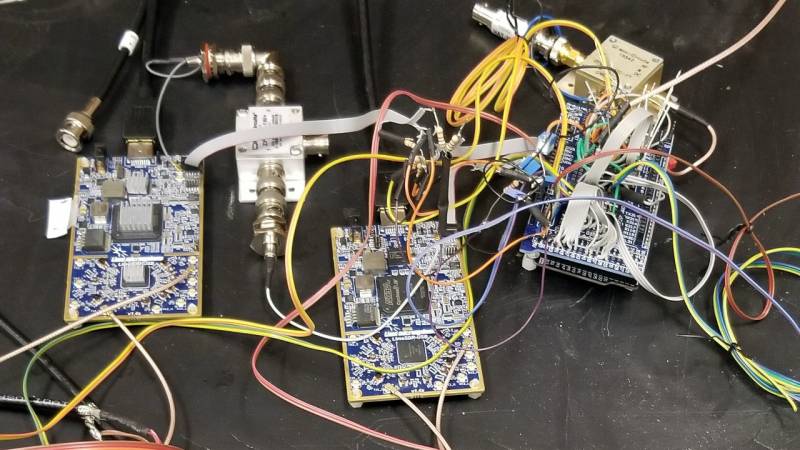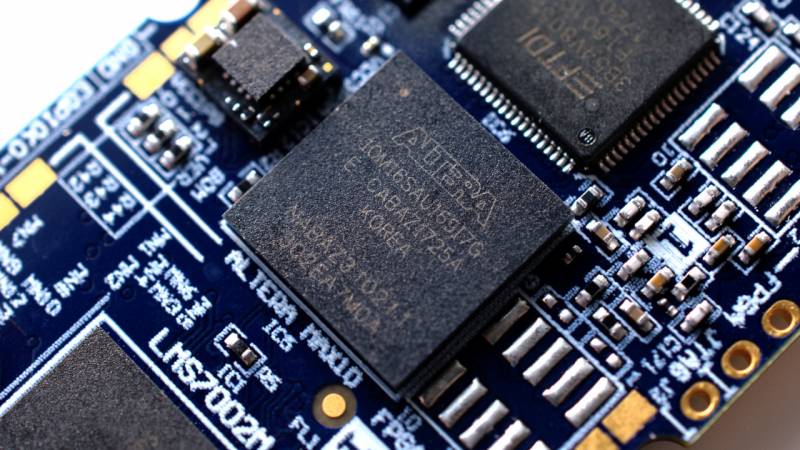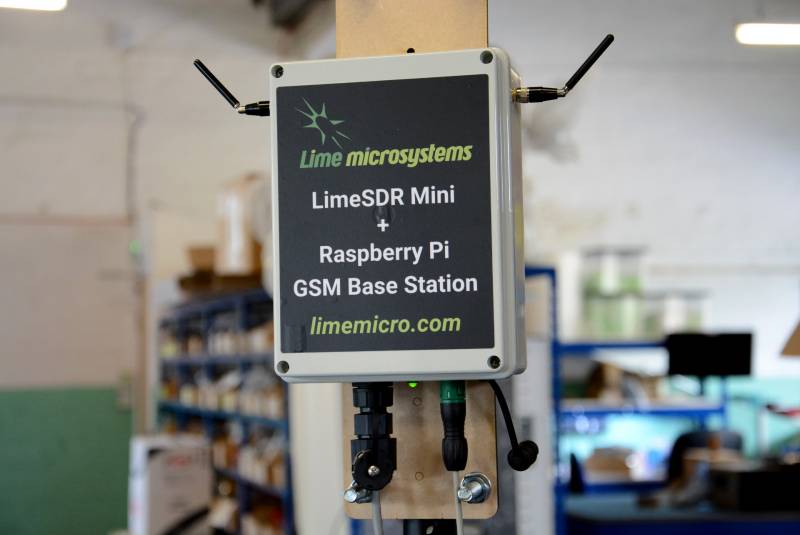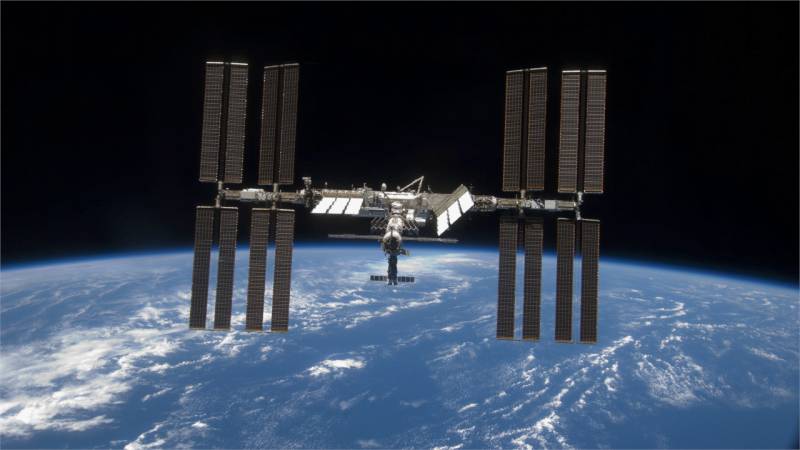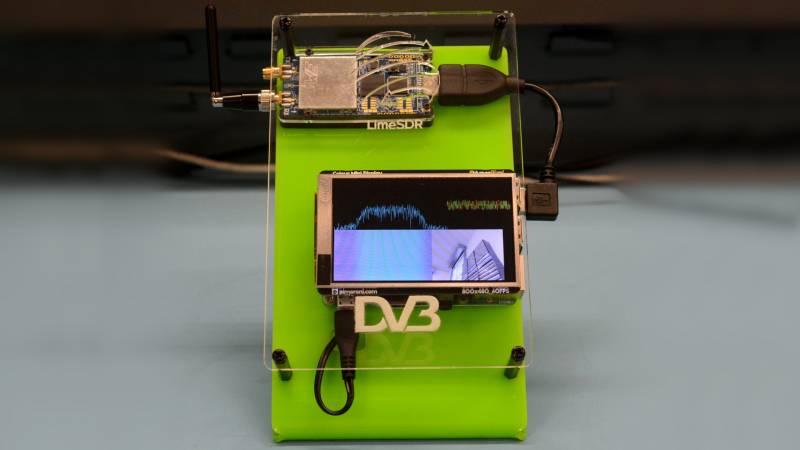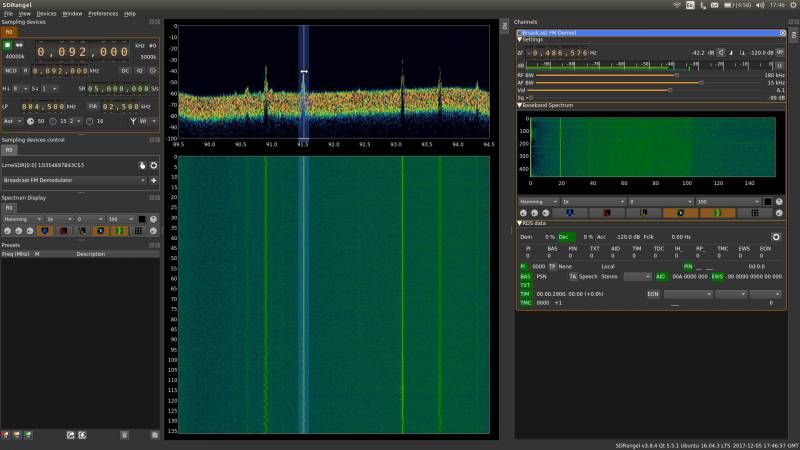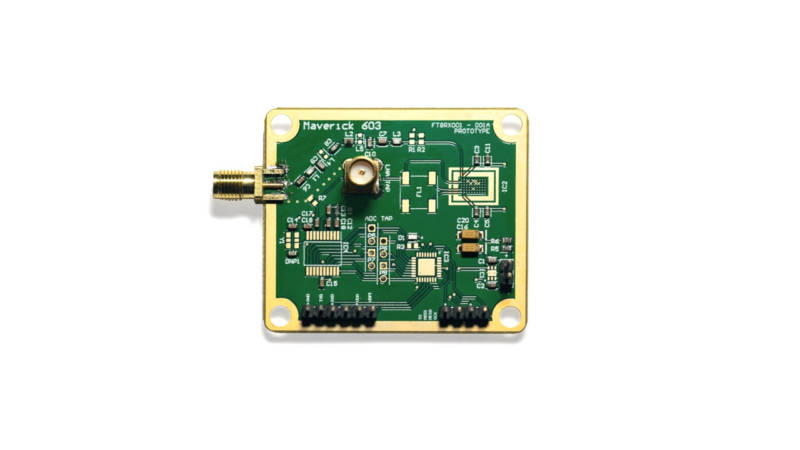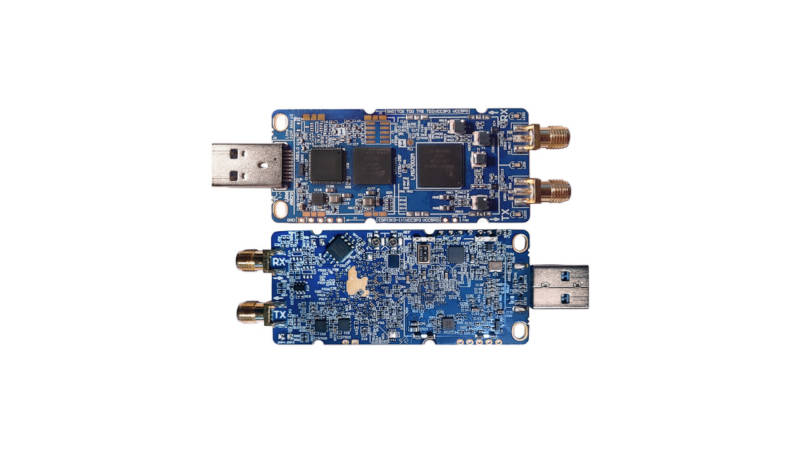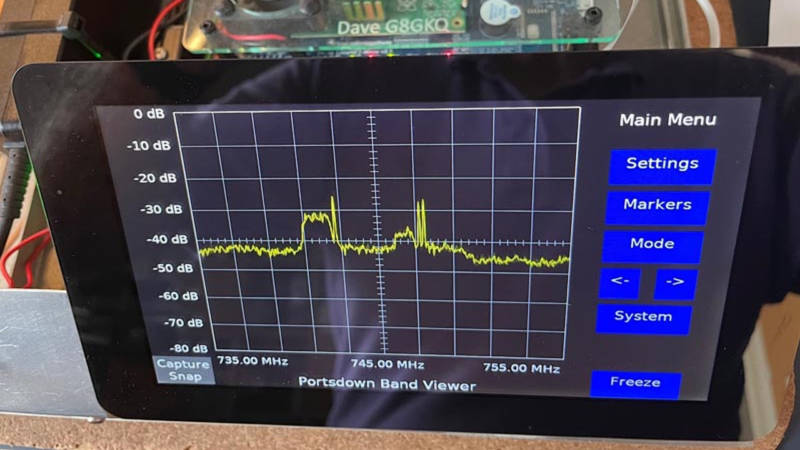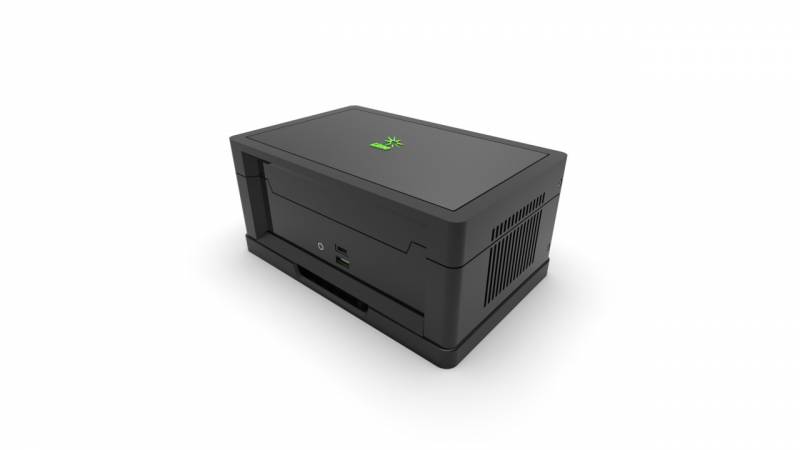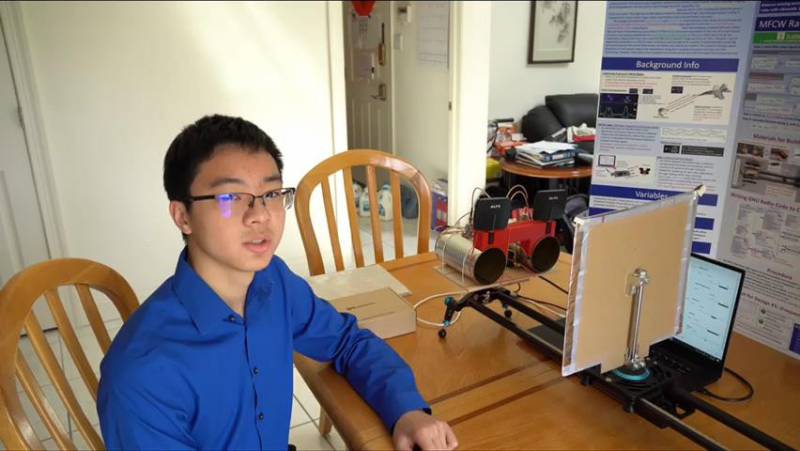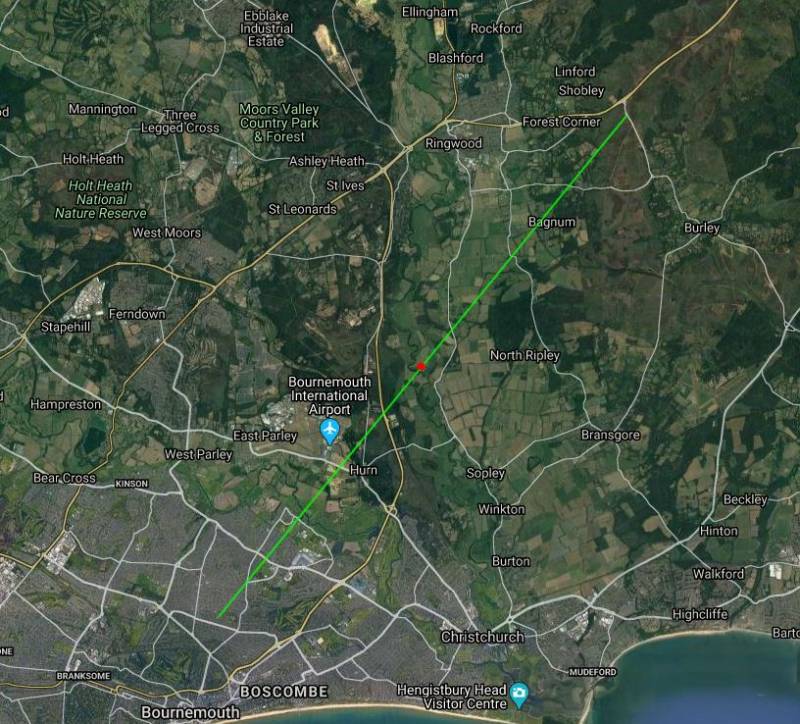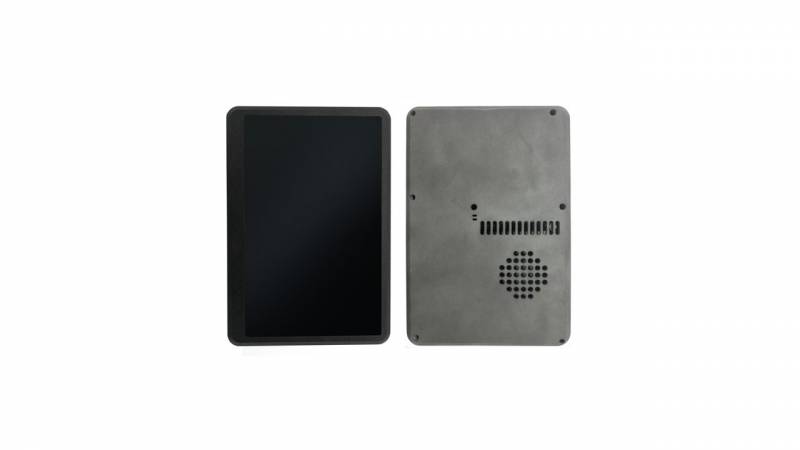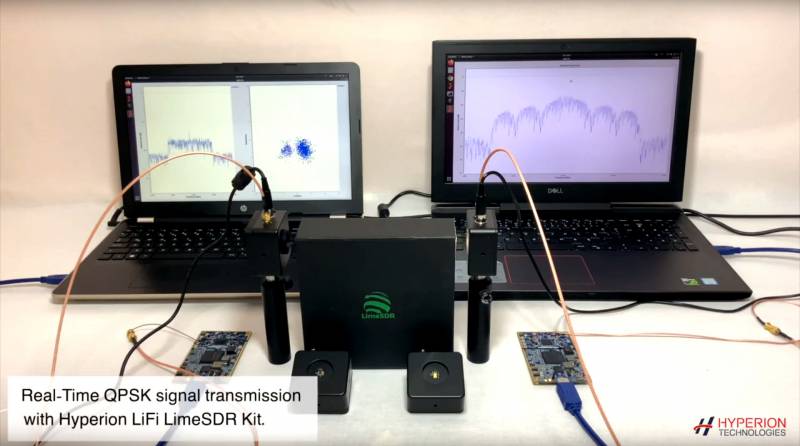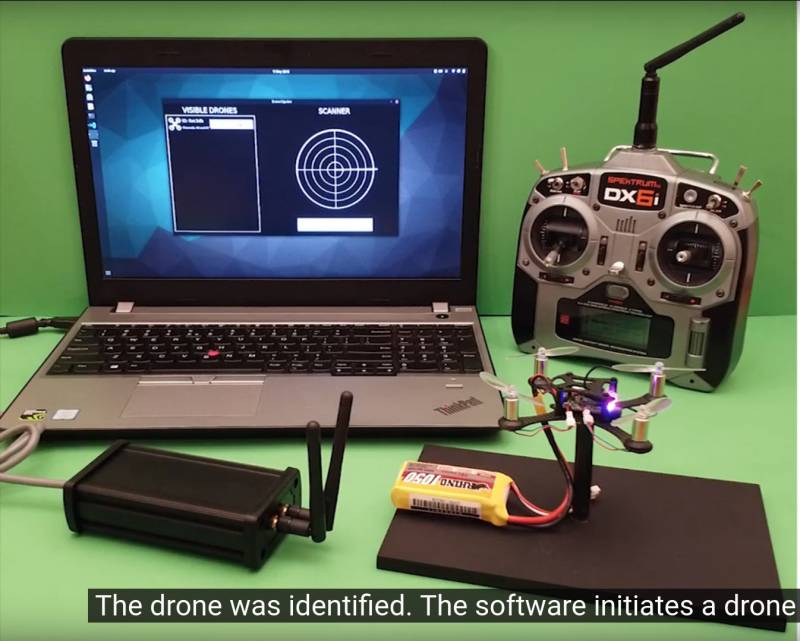Godfrey Laswai, electronics and communication engineer from the United Republic of Tanzania, first ignited his curiosity regarding radio as a child. “I always like the idea of being able to decode signals which have been transmitted from afar. The whole idea that someone can transmit signals through the air and another person receive it always fascinated me,” he explains. “My journey on the field of amateur radio started a long time ago, when I was just a kid about the age of 9 or 10.
“In those days, reception of television signals in my home village on the slopes of Mount Kilimanjaro was very poor. One day my father made a very high-gain antenna – a Yagi Uda antenna – in order to receive signals from one of the nearby towns. That wasn’t what motivated me to like radios, though: it was the fact that my parents used to restrict me and my young brother from seeing some specific movies on the TV. We had a schedule on when to watch TV and what we can watch. As rebellious as I was, I never liked that at all!”

Laswai’s early experiments were simple enough – primarily inspired from the Swahili-language book Radio Rahisi (Simple Radio). “I thought I could build on the idea in the book, adding a scrapped torch and batteries to create a projector for myself and get rid of the restrictions of watching TV from my parents as I would have my own. Over the next few days, I proceeded with my project with no success at all. It was a disappointment for me, especially when my young brother found it and started to laugh at me – a lot. In the end I abandoned the project altogether.”
The Move to SDR
“One of my lifelong dreams, after I understood how radio signals work, was to create a receiver that can receive any type of signals,” Laswai explains. “I used to think if the radio signals can propagate to all direction, it means anyone can receive the signals anywhere they are. All you can do was to create a radio capable of doing decoding of that signal and you can receive anything.
“The challenge was, to be able to do that with normal radio technology, you will require a lot of circuits to achieve that. For anything you want to decode, you will have to build a circuit and it was really complex thing to do and still it is. But if you have a Software Defined Radio [SDR] my dream is possible, since one Radio can receive a wide spectrum of signals. All I had to do was just to create a receiver in my computer to do the actual decoding while using a wide frequency receiver.
“I was on a quest to find a radio with the following characteristics: cheap, multi-purpose, with TX and RX capability, and wide bandwidth. I also wanted something that can do transmission and reception at once with as many full duplex and MIMO [multiple-input multiple-output] ports as it can. I wanted it to be modern, too, utilising the latest technology in SDR revolution, since i wanted to be at the edge of digital radio revolution at all times. With all the above requirements the LimeSDR was a winner, and so I set out to buy it as fast as I got enough money to purchase it.”
Digital Audio Broadcasting
“One of the problems I faced during growing up was that in the location where I grew up and had my basic education, radio reception was poor,” Laswai recalls. “Even when I could receive radio signals, the signals was bad and so I would look for a place where I could listen to the radio with clarity since I liked and still like to listen to music a lot; and as you know, a good music experience require a clear strong signal.
“Another problem existed: monopoly of radio stations. If a radio station is located at a particular area, it only broadcasts things which are centred around that area. And so the people in those remote area will still face the bottle effect even though the bottle will be a bit bigger. You can argue there are some radio station which try to cover the whole country, but those too have a problem of monopoly in what they transmit.
“Digital radio can solve these challenges, since it has better quality of sound and can carry multiple radio stations per a single ensemble channel. But there is another problem: since Digital radio is a new technology, and in my country trials haven’t even started yet, so the prices of transmitters are still expensive – let alone the receivers.
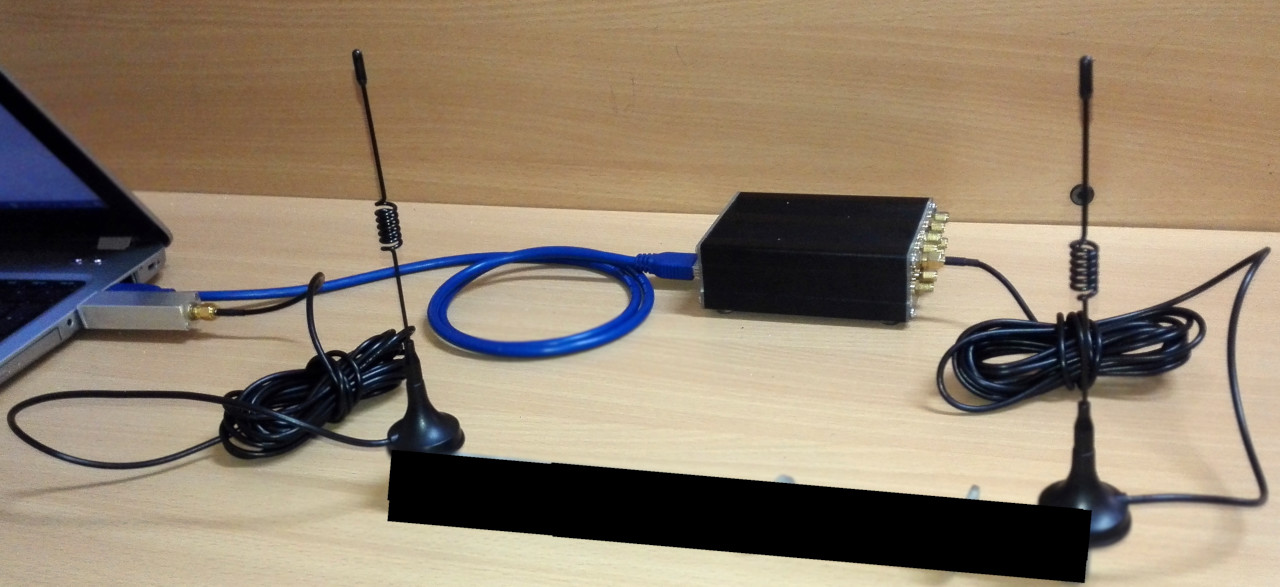
“I wanted something cheaper for transmission, and so ODR-mmbTools was there to the rescue since everything is defined in software and so transmitter complexity is highly reduced. Using ODR-mmbTools in combination with a low-cost SDR radio like LimeSDR or its smaller counterpart LimeSDR Mini and a small computer such as the Raspberry Pi, a DAB+ radio station can reach even the most remote areas.
“As I have experience in Telecommunication industry, I know carrying ETI signals through the existing fibre optic backbone in my country, the DAB+ radio can reach even the remotest area of all and deliver a variety of radio stations to those people who have no knowledge that a much bigger world exist around them. And so, information they receive from the radio will be their power. They will still suffer to purchase receivers, but, I thought, where there is demand I am sure someone in China can manufacture a cheap DAB+ receiver for the masses.”
ODR-mmbTools
“ODR is a Swiss non-profit association that promotes open technologies for radio broadcasting. It started as a knowledge exchange platform, and has also become the structure under which the ODR-mmbTools are developed,” explains Matthias Brändli, whose own experience with radio began as a studio and infrastructure technician for a campus station. “The ODR-mmbTools enable users to use a computer with a SDR device to build a complete DAB transmission platform.
“The main elements of the toolset are audio encoders, a multiplexer, and a software modulator, accompanied by a guide the explains how the tools work together. With this, users can not only run public broadcast systems, but the open-source nature of the software also enable them to study and experiment with the DAB standard, and run all sorts of experiments to improve the state of the art.
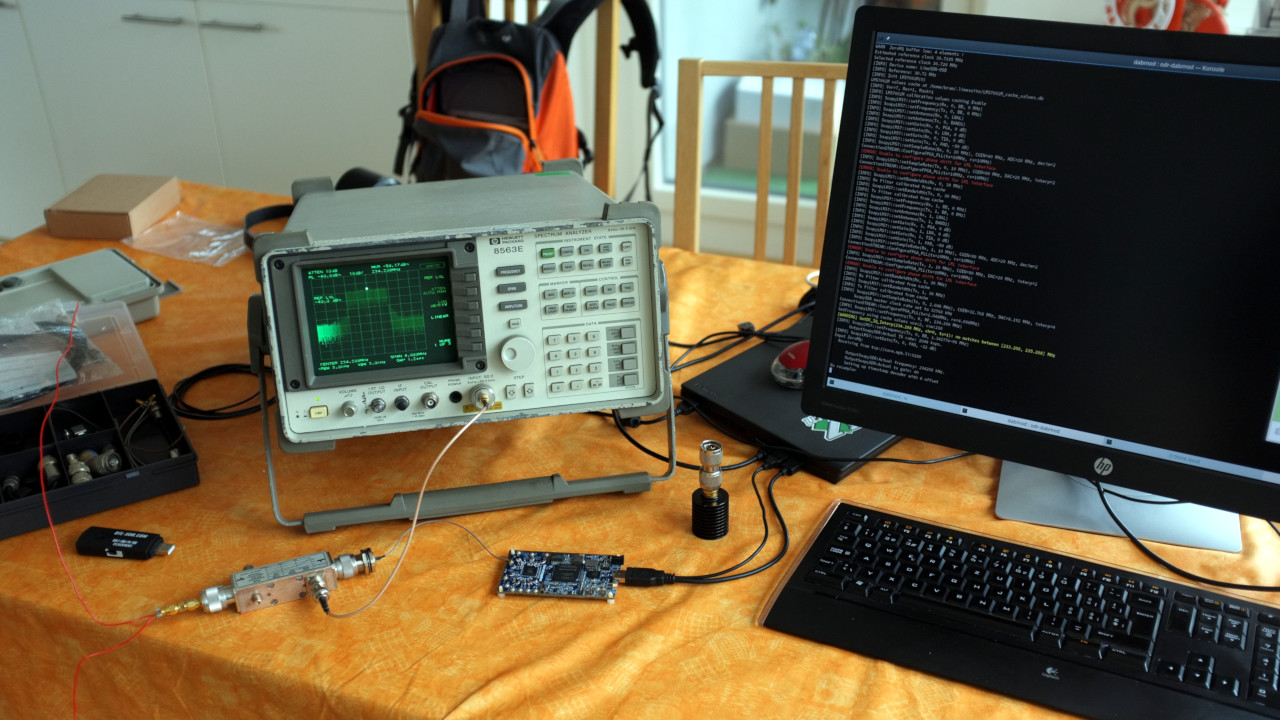
“Before ODR took over their development, the tools were initially developed at CRC, a Canadian research institute, and are now used in several countries for both test and production broadcasts,” Brändli explains – but says that finding developers can be a stumbling block. “DAB transmission is a bit of a niche interest, firstly because the spectrum usage for that technology is regulated, secondly because intrinsically ‘broadcast’ implies few transmitters for many receivers, and finally because DAB is not deployed in all countries. This makes it more difficult to grow the developer community.
“Even for the free software DAB receiver, for which one could expect a larger interest, finding contributors remains a challenge.”
Getting Started
In support of his desire to see DAB broadcast brought to his country, and others like it, Laswai has written a series of guides aiming to get people started with DAB/DAB+ transmission using a LimeSDR-family radio and ODR-mmbTools.
“DAB transmission using ODR-mmbTools is one of the easiest methods out there,” says Laswai. “The first day I tested it and could transmit DAB+ signals I was impressed by the way everything worked. By purchasing a low-cost SDR with transmission capability, such as LimeSDR Mini, I am sure anyone will be able to transmit the signals – but they have to make sure they have a proper licence from their local authority and a good Power Amplifier in order to be able to transmit the signal to much larger area.”
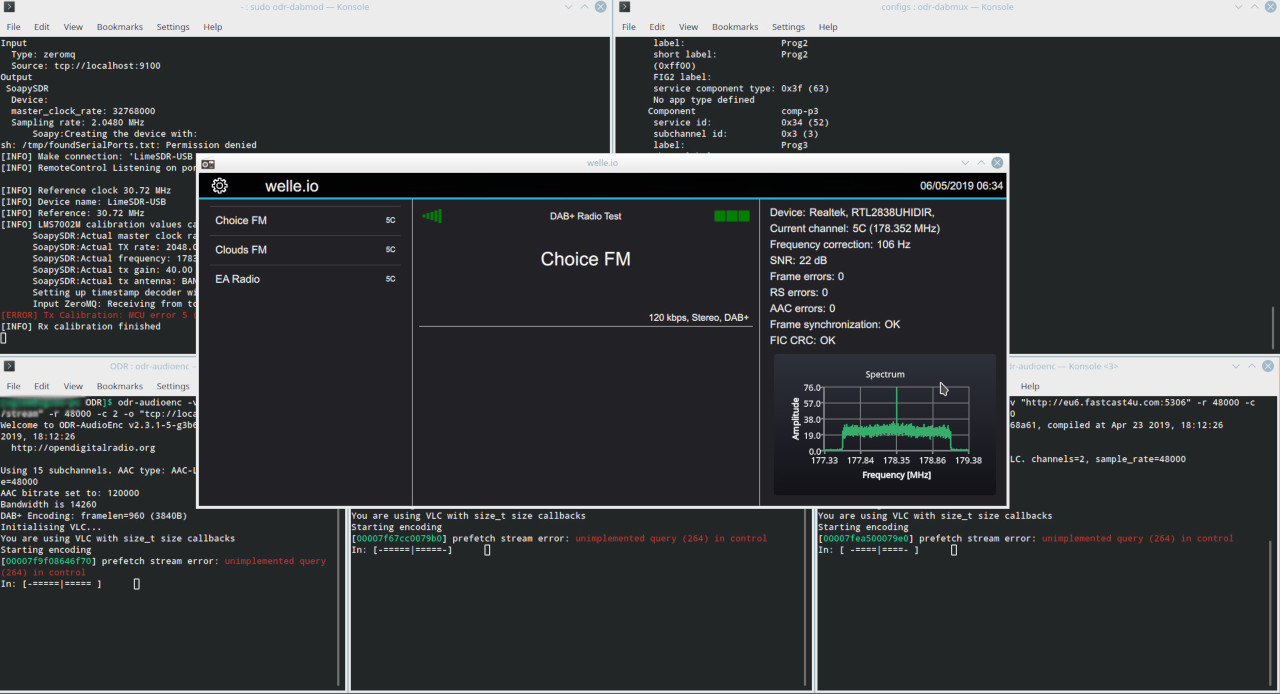
Laswai also has great hopes for the future of SDR in general. “I would like more people to get accustomed to SDR radio,” he explains, “as that will drive the SDR technology more faster and make it spread to all technologies we use today. Just imagine if you wouldn’t have to buy a new phone to get 5G; instead you could just upgrade the software inside the phone and get right there at once. LimeSDR is in the path to make that possible by making the SDR accessible to more people. This is the reason I will always support it by spreading its ideas and write more articles about it.”
As for his dream of bringing DAB radio to Tanzania’s far reaches? “Well, the idea is still a work in progress,” Laswai says, “as I am still contemplating on how I can raise fund to start the development of the project. Someday I might be able to do it, I think.”
Laswai’s guide to using ODR-mmbTools with the LimeSDR can be found on Medium, while the ODR-mmbTools themselves are available on the OpenDigitalRadio.org website.

